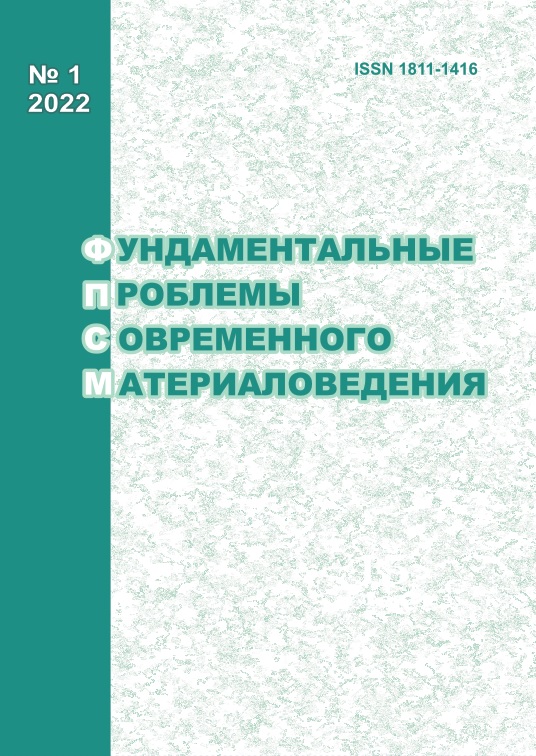APPLYING OF ENTROPY APPROACH FOR ESTIMATION OF STRUCTURAL FEATURES QUANTATIVE EFFECT ON STAMP ABILITY OF ALUMINUM ALLOYS
10.25712/ASTU.1811-1416.2022.01.011
Keywords:
aluminum alloys, annealed state, grain size, mixing entropy, structural entropy, crystallographic texture, textural entropy, limited stretching coefficient, minimal bending radius, Pareto diagramAbstract
Analysis of commercial aluminum and aluminum alloys Al-2Mg mass%, Al-5Mg mass% Al-6Mg mass%, Al-10Mg mass% microstructure in annealed state is provided: grain size and its unevenness, phase composition, crystallographic texture. Method is proposed for estimation of the part which different structure features involve into the common structural entropy. The most important structural factors for the structural entropy are found via Pareto diagrams. Crystallographic texture involves the greatest effect on the common structural entropy of the alloys, but the grain size has the minimal effect. In terms, chemical composition effects on all structural features: phase composition, grain size, and crystallographic texture. While alloying element quantity and content increases, part of crystallographic texture in common structural entropy decreases, but the minimal value does not become less than 50% in the alloy with maximum Mg content 10 mass.%. The alloys’ indexes of stamp ability change differently with increasing of alloying elements content^ limited stretching coefficient changes lightly also structural entropy form crystallographic texture. Minimal bending radius rises like mixing entropy and phase composition entropy. Therefore, every structural feature play the different role in technology properties of sheet aluminum alloys.











 Journal «Fundamental’nye problemy sovremennogo materialovedenia / Basic Problems of Material Science»
Journal «Fundamental’nye problemy sovremennogo materialovedenia / Basic Problems of Material Science» This work is licensed under a
This work is licensed under a 
